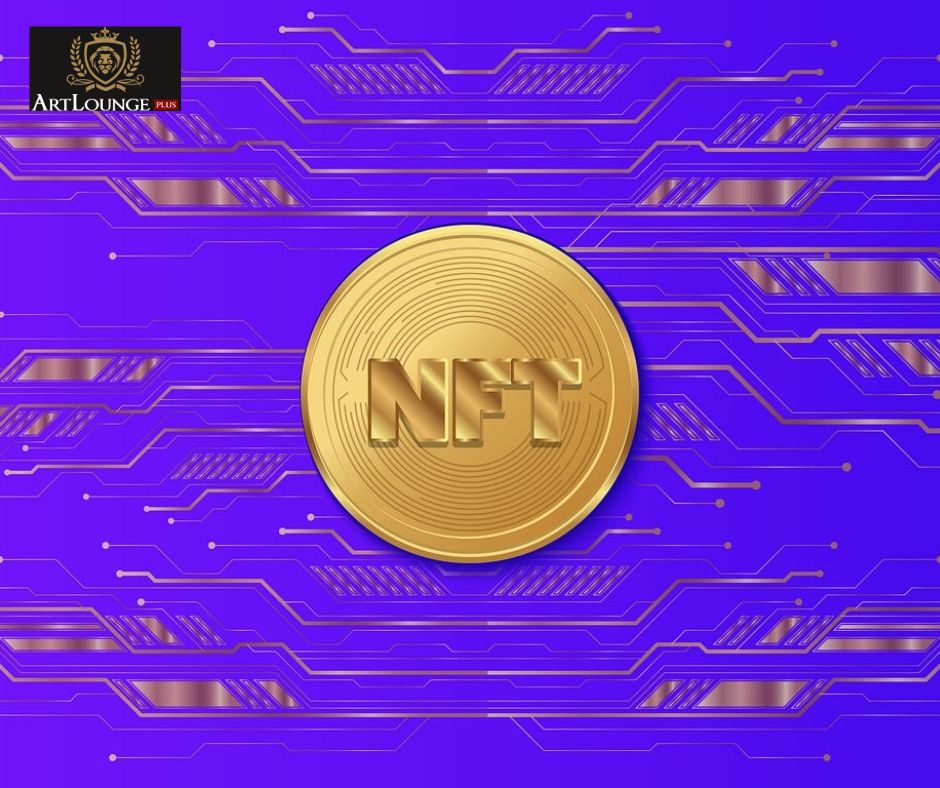
The most popular NFTs – understanding the phenomenon
11-11-2024
What is an NFT?
NFTs, or non-fungible tokens, are digital assets that represent ownership of specific virtual items. Unlike cryptocurrencies like Bitcoin or Ethereum, which are fungible (meaning one unit is equal to another), NFTs are unique and non-fungible. This is what sets digital collectibles apart from other forms of digital assets – each token is unique and holds unique value. Each NFT contains data that identifies them as something unique, which makes these tokens capable of representing items such as images, musical tracks, and even content in video games.
On platforms such as Art Lounge Plus, users have the opportunity to learn more about the specifics of how NFTs work. This portal focuses on providing detailed information about the digital art market, allowing users to understand why digital collectibles are so valued. Each NFT is created using smart contracts on the blockchain, which guarantees its authenticity and immutability. This allows creators to sell their work directly to collectors, without intermediaries, while still retaining the copyright on their creations.
In practice, this means that the person buying an NFT acquires not only the digital file itself, but above all a certificate of authenticity and ownership, which is permanently recorded on the blockchain. This ensures that the digital collectible is original and not a copy. This is one of the key features that has contributed to the popularity of this market, attracting investors and collectors from all over the world.
From a technological point of view
NFTs are gaining popularity not only because of the uniqueness of digital items, but also because of blockchain technology, which is completely changing the way we think about ownership. Blockchain works like a giant digital ledger – it records all transactions transparently, securely, and immutably. Each purchase or sale of an NFT is recorded permanently, which guarantees the authenticity and origin of the token. It is this technology that enables rare, unique collections to exist in the digital world, giving creators new ways to monetize.
Interestingly, blockchain not only supports the trade of digital collectibles, but allows for the introduction of completely new business models. For example, creators can set up so-called smart contracts, which ensure that each time their work is sold on, they receive a percentage of the transaction. This means that an artist can continue to profit from the popularity of their work, even after it has been sold for the first time – something that was virtually impossible in traditional art.
In addition, blockchain technology opens the door to a new form of interaction and community engagement. Many NFT platforms are introducing reward systems for users who actively support creators by sharing their network assets or promoting projects. This is changing the way people approach collecting, creating a more interactive and integrated digital art ecosystem.
The point of investing in NFTs
Investing in NFTs may seem risky, but at the same time, it offers a number of benefits that are attracting an increasing number of investors. First of all, NFTs are a new way to diversify your investment portfolio. Unlike traditional assets such as stocks or real estate, digital collectibles offer a unique opportunity to acquire one-of-a-kind digital assets that can increase in value as the popularity of the artists or projects they represent grows.
For investors, the key advantage of NFTs is their rarity and authenticity. Because NFTs are unique and cannot be copied, their value can increase, especially if they are part of limited collections. In addition, investing in digital art can also be a form of supporting artists and creators who, thanks to this technology, can monetize their work in a way that was not possible before.
Additionally, the NFT market is developing towards the creation of metaverses – virtual worlds where users can own, trade, and trade digital items. This opens up new investment opportunities that attract big players and brands.
A second cryptocurrency?
While NFTs and cryptocurrencies share common roots in blockchain technology, their use differs significantly. Cryptocurrencies such as Bitcoin or Ethereum act as a medium of exchange, which means that they can be exchanged for other currencies or goods. NFTs, on the other hand, are carriers of value that represent specific, unique items. With their growing popularity and increasing value, some investors are wondering if NFTs could become a new form of digital currency.
While it doesn't seem likely for now, NFTs do have some features that make them a valuable investment asset. NFTs typically take place in cryptocurrencies, further strengthening their connection to the digital financial world. Art Lounge Plus, a news portal, provides insights into the interplay between NFTs and cryptocurrencies, helping to understand how changes in one sector can affect the other.
For many people, NFTs are not only an investment, but also a way to express themselves, as they allow you to collect unique digital works that have personal meaning. Digital collectibles will not replace cryptocurrencies, but they can become an important component of the blockchain ecosystem, offering new opportunities for income and creative expression.
NFTs are an innovative technology that is changing the way we view digital art and collectibles in the digital world. With blockchain technology, digital collectibles offer new ways to earn, invest and support creators, and platforms like Art Lounge Plus are playing a key role in popularizing this technology, providing users with the knowledge and information they need to make informed decisions in this booming market. The development of NFTs is just beginning, and its potential to transform the art and technology industry is immense.